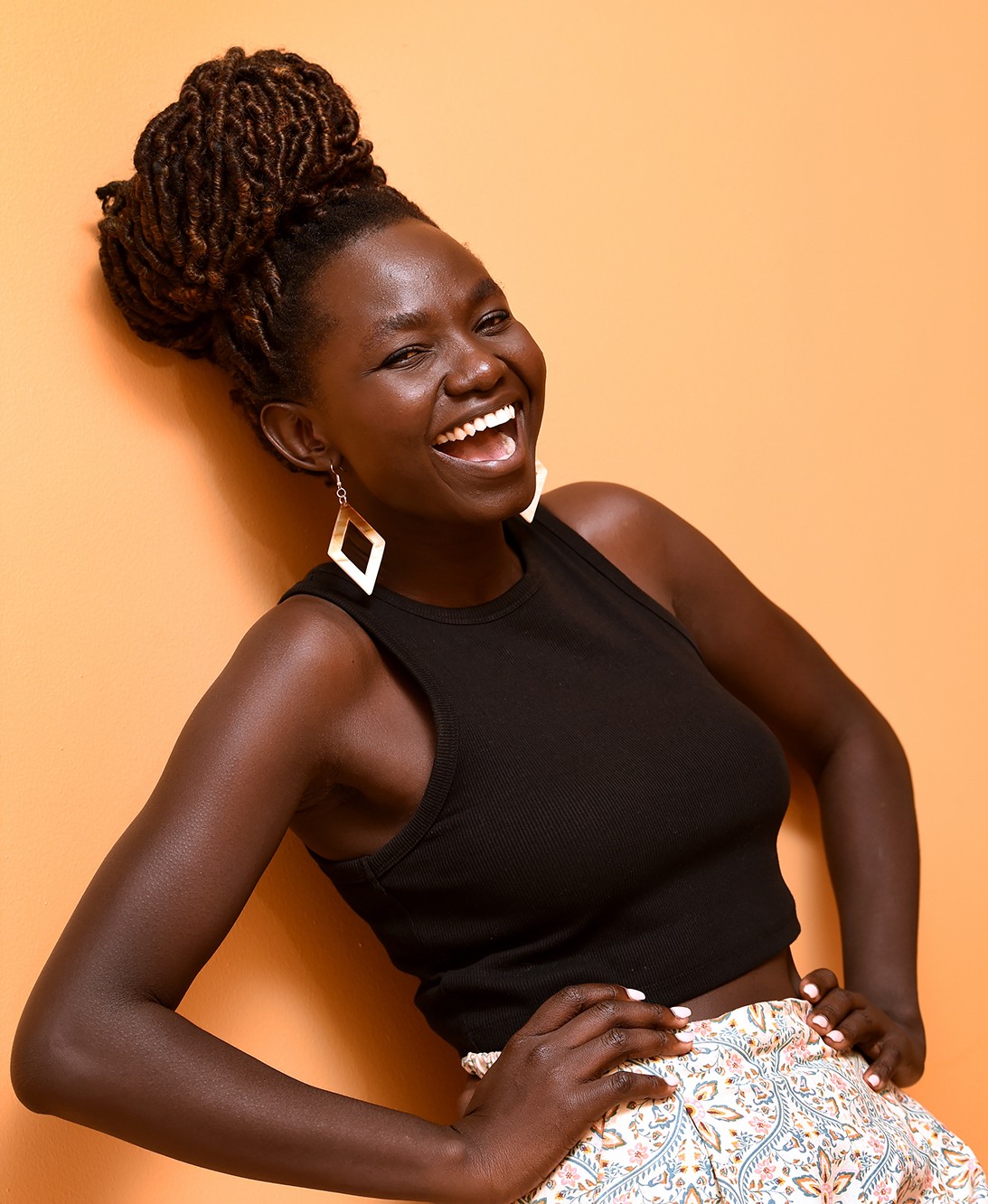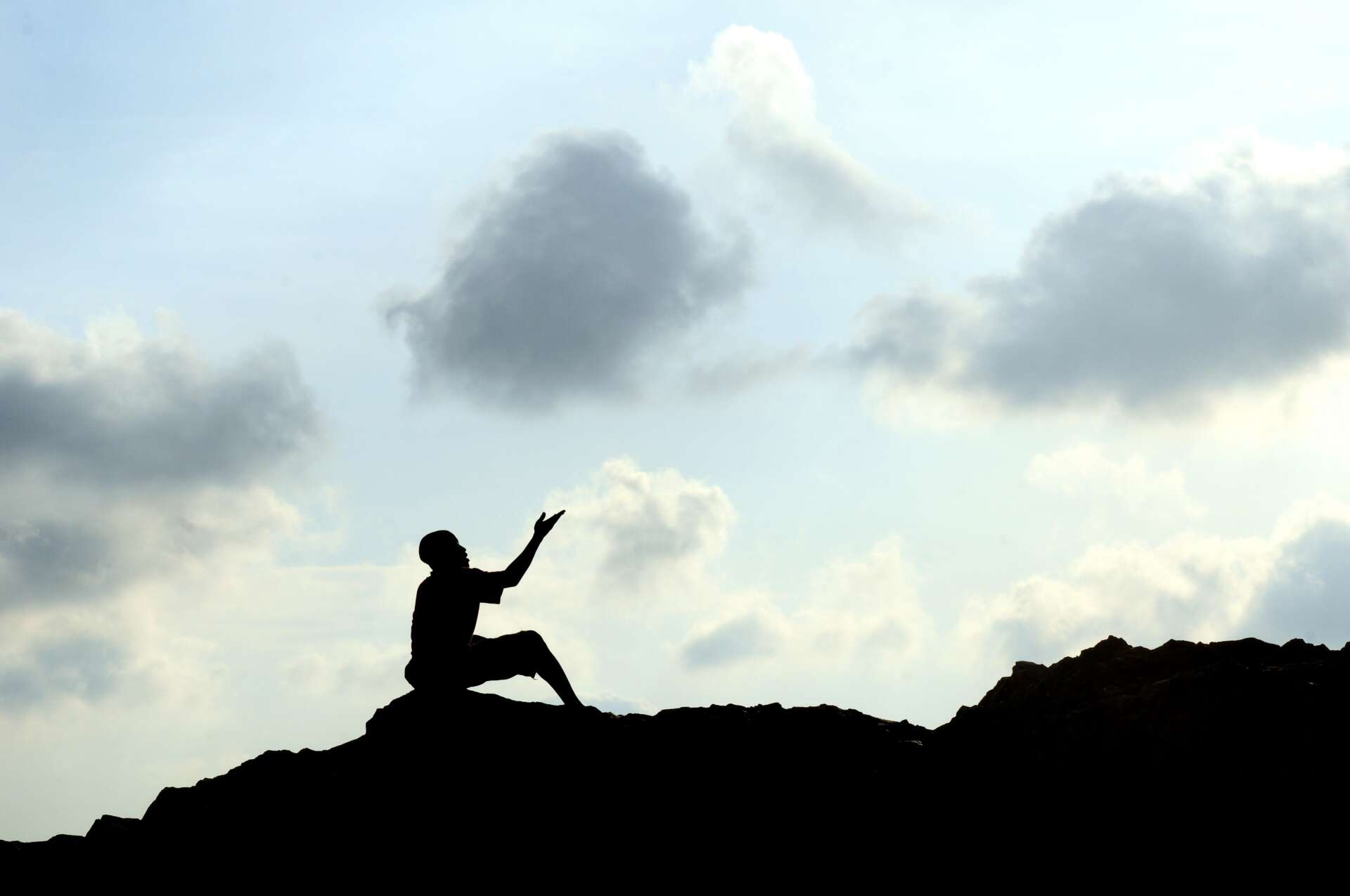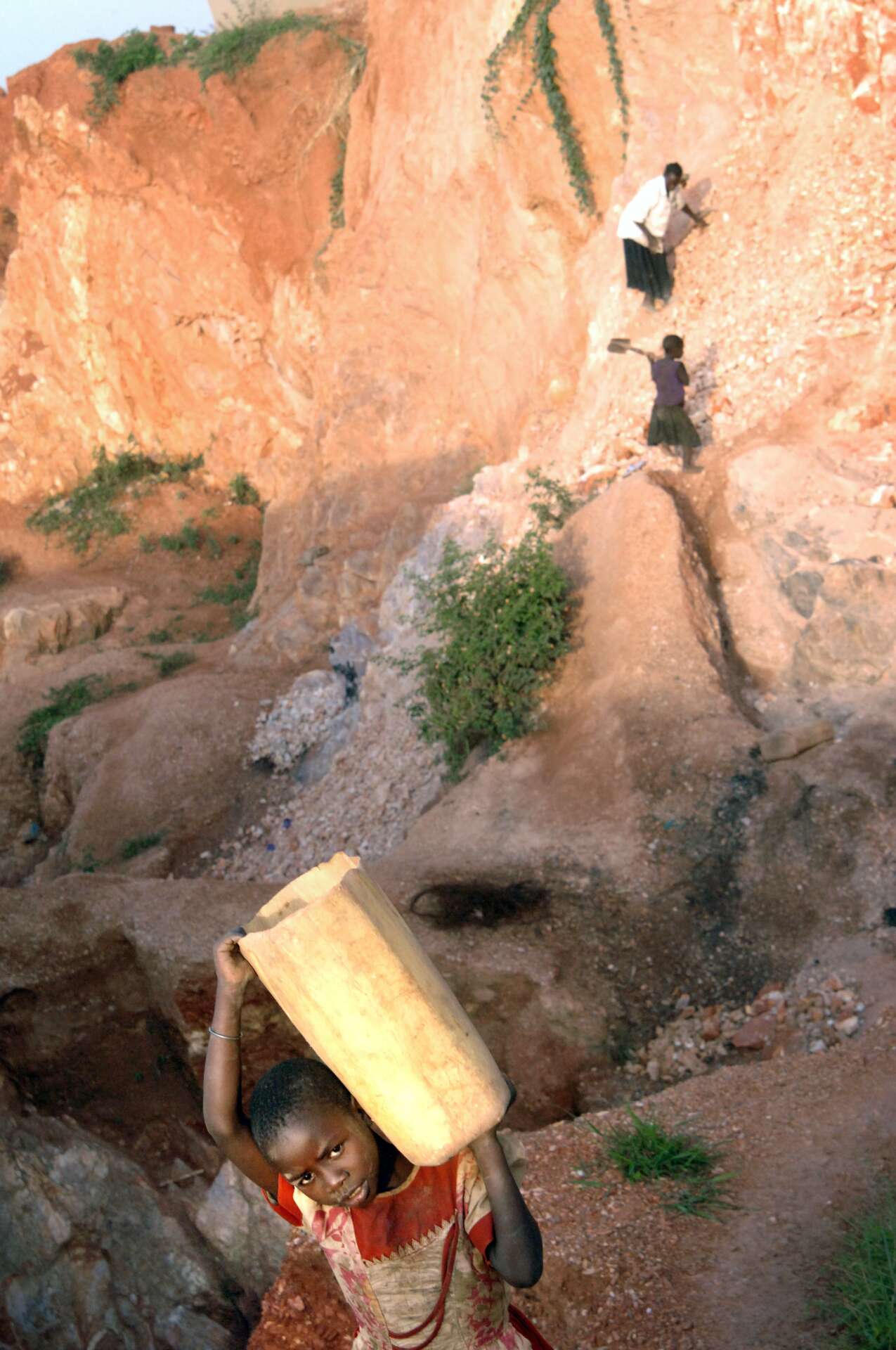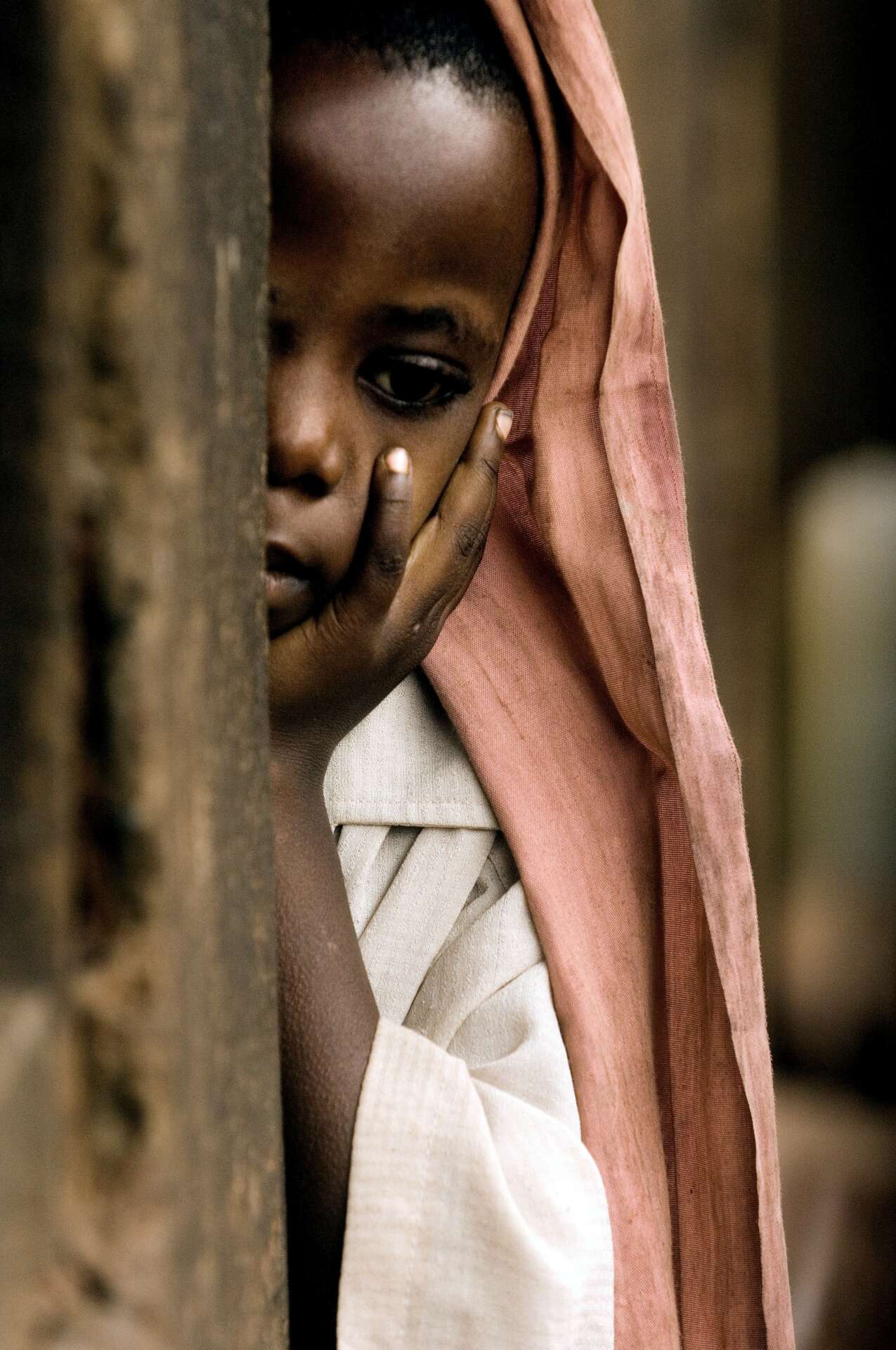We caught up with the brilliant and insightful Karen Sparacio a few weeks ago and have shared our conversation below.
Karen, thanks for taking the time to share your stories with us today Risking taking is a huge part of most people’s story but too often society overlooks those risks and only focuses on where you are today. Can you talk to us about a risk you’ve taken – it could be a big risk or a small one – but walk us through the backstory.
In October of 2005 I traveled to Uganda to volunteer my skills as a photographer to help several relief organizations. A professional photographer since 1997, my intention was to better create a portfolio to enable me to find work photographing for relief organizations. However, that all changed once I was introduced to the Acholi Quarter.
On my first day in the Quarter, I was taken to meet with three women and hear a bit about their lives and hear “their story” (all were members of the Acholi tribe who had been displaced and scarred by the ongoing civil war).
A woman, Nora, translated for me as we met each woman in her home. I sat and listened to the first heart-wrenching story from a woman who was beaten near death and then carted by bicycle to escape the north. The second woman told me of her experiences being held captive by the rebels. As she told the story, she sent her grandson to fetch me a Coca Cola. The price of that Coke would be the equivalent of half a days work in the brutal conditions of the stone quarry. By the time I entered the home of the third woman, I could no longer hear the words being translated to me. My mind had tuned out and I was trying to figure out how I could help.
Each of these three women shared such personal, often horrific details of their lives with me, a stranger with a camera. And each maintained a beauty, grace that I cannot forget. Despite their ordeals, the tragedies inflicted upon them and their families in the north, and their continued struggle as displaced refugees living in a slum outside of the capitol, they had a freeness of spirit, a way of embracing and appreciating, and living and loving life, that renewed the spirit. They did not harbor and dwell on their difficult experiences, but instead showed their endurance and will to move forward. I wanted to help them create a better future.
I spent 2.5 weeks photographing in the community, meeting people, creating friendships. I saw the beautiful, colorful beads they crafted from recycled paper and saw that as a means to help them raise themselves out of destitution. I brought back a small bag of these beads when I returned to Boston in November 2005, and sold them right away. I returned to Uganda in January 2006 and formally organized the group, 55 women who wanted to be identified as “the group that has hope” – “bed ki gen” in Acholi. Thus, Project Have Hope was born.
Instead of going to Uganda to build a career as a photographer for relief organizations, I drained my savings account and started my own non-profit, a risk that changed the trajectory of my life.


As always, we appreciate you sharing your insights and we’ve got a few more questions for you, but before we get to all of that can you take a minute to introduce yourself and give our readers some of your back background and context?
A professional photographer, based in Boston, Massachusetts, I’m a trained photojournalist who is passionate about capturing the simple, otherwise passing moments in life. I use photography as a medium to tell the stories of those who otherwise may not have a voice to do so. I first obtained a B.A. in Communication from Rutgers College and then pursued a certificate for professional photography at New England School of Photography. Prior to founding Project Have Hope in 2006, I worked in the newspaper industry for 10 years.
As the founding director of Project Have Hope, my goal is to help women build financially secure and sustainable futures by providing educational and business initiatives. Our primary source of funding is through the sale of the crafts made by the Ugandan artisans with whom I work. Our line of crafts has expanded to include handwoven baskets and usable textile designs. Initially, we focused strictly on crafting unique jewelry made from recycled paper, which is still the mainstay of our collection. We pride ourselves on creating fashion forward designs with attention to detail. Each purchase has the power to transform a life.
As an organization, we believe in a holistic approach to build sustainable futures. We work directly with each woman to determine what she most needs to build her desired future. We recognize the uniqueness of each woman and allow their dreams to take center stage. Through our story-telling, we try to give a voice to those who would not otherwise have one while connecting them with others and creating a world without borders.


What’s a lesson you had to unlearn and what’s the backstory?
Fiercely independent, a trait which is often revered in American society, I did not initially value or recognize the critical need for interdependence in Acholi life. In an impoverished slum, where neighbors practically live on top of each other, co-dependence is critical. Whether it involves shared child care or simply sharing available resources, including such basic necessities as food, working together is essential.

Are there any books, videos, essays or other resources that have significantly impacted your management and entrepreneurial thinking and philosophy?
Life Is Good: The book
I’ve purchased more than a dozen copies of this book which I’ve shared with people, both as business owners and just as a philosophy on life. It focuses on the importance of optimism, resilience and gives insights on building morale and creating a positive work culture.

Contact Info:
- Website: www.projecthavehope.org
- Instagram: https://www.instagram.com/projecthavehopeuganda/
- Facebook: https://www.facebook.com/projecthavehope
Image Credits
Karen Sparacio


